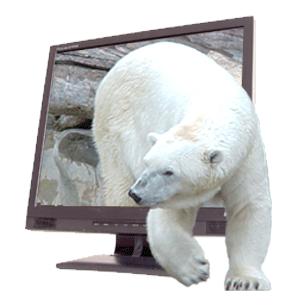Model and promote a local culture/norm of safety and injury prevention (i.e., physical safety, social safety, psychological safety, spiritual safety, environmental safety) to optimize well-being of self, family, community, and the environment.
| (a) |
Evaluate the norm/culture of safety in one's peer groups, family, and community. |
| (b) |
Investigate (e.g., communicate with safety experts in the community) factors that influence safety norms. |
| (c) |
Ask and investigate compelling questions about the local culture of safety (e.g., What can be the long-term impact of continuing to be physically active while injured? Are all injuries predictable and preventable? Are there occasions when an injured player should still be 'in the game'? How do you know if a risk is worth the potential consequences? What are personal responsibilities regarding safety in each dimension?). |
| (d) |
Examine how the local culture of safety (i.e., physical safety, social safety, psychological safety, spiritual safety, environmental safety) has been established and nurtured while reflecting on its related impact on community and environmental well-being. |
| (e) |
Evaluate risks and safety factors (i.e., physical safety, social safety, psychological safety, spiritual safety, environmental safety) that may affect activity choices (e.g., What are some physical activity options that are safe to participate in when one has a broken leg?) and preferences. |
| (f) |
Investigate common safety risks (e.g., driving a motorized vehicle, participating in high-contact sports) for youth in local community and determine injury prevention opportunities. |
| (g) |
Analyze common unintentional injuries (e.g., head injury from high jumping, death due to motor vehicle accidents, injury to hand while using a power tool) for youth in local community and discuss related impact on the overall well-being of self and others. |
| (h) |
Demonstrate respect, responsibility, and caring for own wellness by applying understandings related to the identification, prevention (e.g., investigate facts, prepare basic first-aid kit, take time outs), and management of common safety risks (e.g., wearing personal protective equipment, following recommended guidelines and instruction for use of equipment). |
| (i) |
Analyze moral and ethical conduct in movement activities and sport (e.g., cheating, intentional fouls, performance-enhancing drugs) and their impact on the safety and well-being of self and others. |
| (j) |
Evaluate, revise, and continue to implement Personal Plan for Wellness to address the local culture/norm of safety and injury prevention to enhance personal and/or community well-being. |




A teacher's guide is available.




Black-and-white photographs and a table of contents are included.



